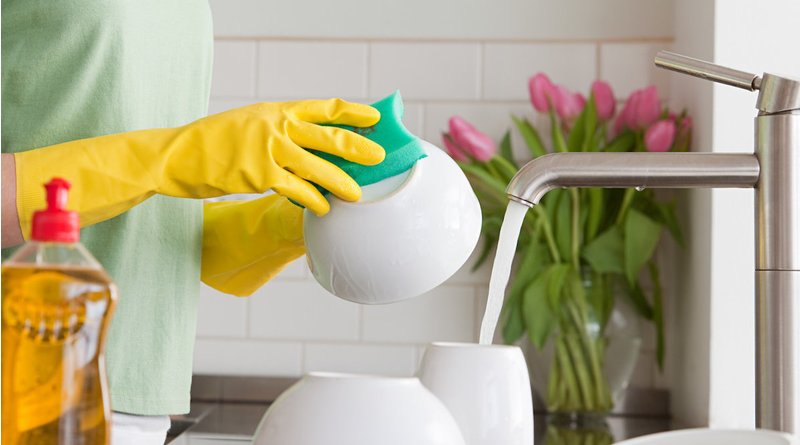An expert weighs in on which dirty household items you should throw away immediately and which you can save by cleaning them.
When your kitchen sponge gets grimy and your shower curtain gets moldy, should you toss them in the trash or try to salvage them by cleaning? To find answers to these all-important questions, we asked a cleaning pro, John Cohen, the vice president of the house cleaning service Molly Maid, for his take on what’s worth cleaning and what’s best to throw away. From kitchen sponges to stinky dish cloths, we covered 7 of the grossest things you’ll find around your house.
So how do you know when it’s time to buy a new pillow? “A pillow should be replaced if you fold it in half and it doesn’t bounce back to its original flat shape.”
All rights reserved to the initial publisher for Real Simple.com
Collected and published by Arms &McGregor International Realty® editorial team. Get in touch with us at [email protected].

